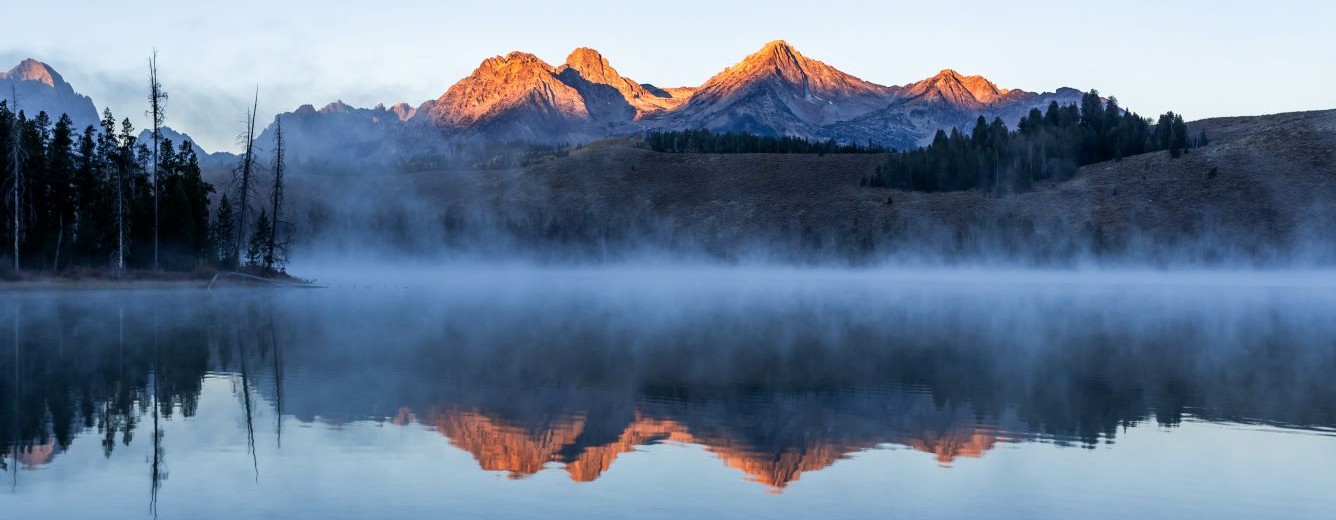The national parks have been a staple of American family road trips since 1916. Families flock from all over the United States to revel in the beauty that America has to offer within its public lands. In 2019, more than 325 million visitors entered parks across the nation to enjoy the scenic views and experience the great outdoors. In the wake of COVID-19 travel plans changing, more people are now visiting the national parks. Though attendance initially dropped due to COVID-19 shutdowns, some parks are now seeing 90-116% of 2019 attendance numbers since re-opening with new precautions to reduce the spread of the virus.
On August 4th, 2020 President Trump signed the Great American Outdoors Act into law. This act allocates funds to implement much needed maintenance to visitor infrastructure, trails, campgrounds, roads, and other deteriorating facilities on public lands. The funds allocated by this new order aid the National Parks Service, the U.S. Forest Service, the U.S. Fish and Wildlife Service, the Bureau of Land Management, and the Bureau of Indian Education. The infrastructure updates will provide more American families opportunities to access and explore more of America’s beautiful public lands. Here are our top four takeaways from the Great American Outdoors Act.
1. 1.9 billion dollars per year of funding for deferred maintenance.
The Act dedicates 1.9 billion dollars per year, for five years, to fund deferred maintenance projects for the National Park Service, the U.S. Fish and Wildlife Service, the U.S. Forest Service, the Bureau of Land Management, and the Bureau of Indian Education. The Great American Outdoors Act is intended to utilize funds generated from energy development to maintain network roads, trails, restrooms, campgrounds, monuments, utilities, and other facilities in need of improvement throughout the national parks and other public lands. The increase in maintenance funds is targeted to repair and re-open thousands of miles of roads and trails for public access.
2. Permanent funding awarded to the Land and Water Conservation Fund.
In addition to providing monies for deferred maintenance on public lands, the Great American Outdoors Act also dedicates permanent funding to the Land and Water Conservation Fund. The Land and Water Conservation Fund helps to preserve the nation’s most valuable natural and cultural resources, and it has been allocated nine hundred million dollars annually through the Great American Outdoors Act to preserve natural resources and wildlife. The Land and Water Conservation Fund also provides grants to state and local governments to develop and improve their parks as well as permanently conserve outdoor recreation areas for public enjoyment. The $900 million a year is intended to protect national parks, areas around rivers and lakes, national forests, and national wildlife refuges from development.
3. Benefits to local communities as well as the national parks.
The Great American Outdoors Act is intended to improve sub-par infrastructure at national parks and boost attendance numbers and local economies surrounding the parks. The Land and Water Conservation Fund grants program funds to America’s state park system which contributes $20 billion annually to state and local economies. According to the Outdoor Industry Association, outdoor activities such as hiking, camping, fishing, and hunting support 7.6 million American jobs and contribute $887 billion annually to the economy.
4. So what does this mean to you?
On a personal level, it means potentially enhanced access to national parks. Plan a road trip with your family and friends and enjoy our treasured national parks and forests. On a professional environmental planning and compliance level, we can envision an increased need for NEPA analysis for proposed maintenance that doesn’t fall within a categorical exclusion. We look forward to enjoying and supporting the sustainment of these magnificent places for generations to come.













